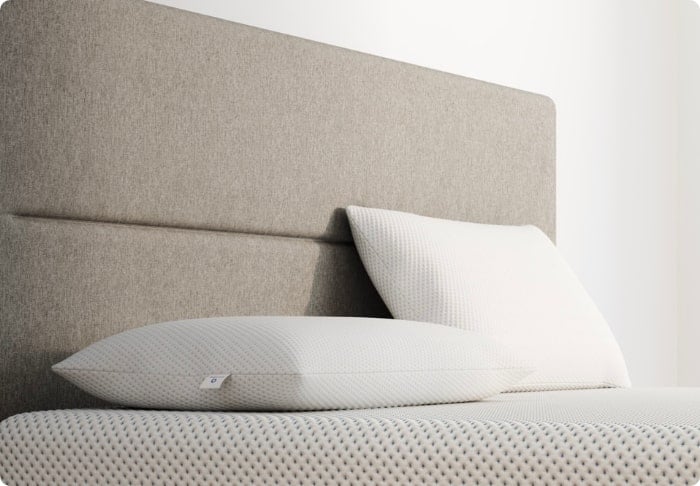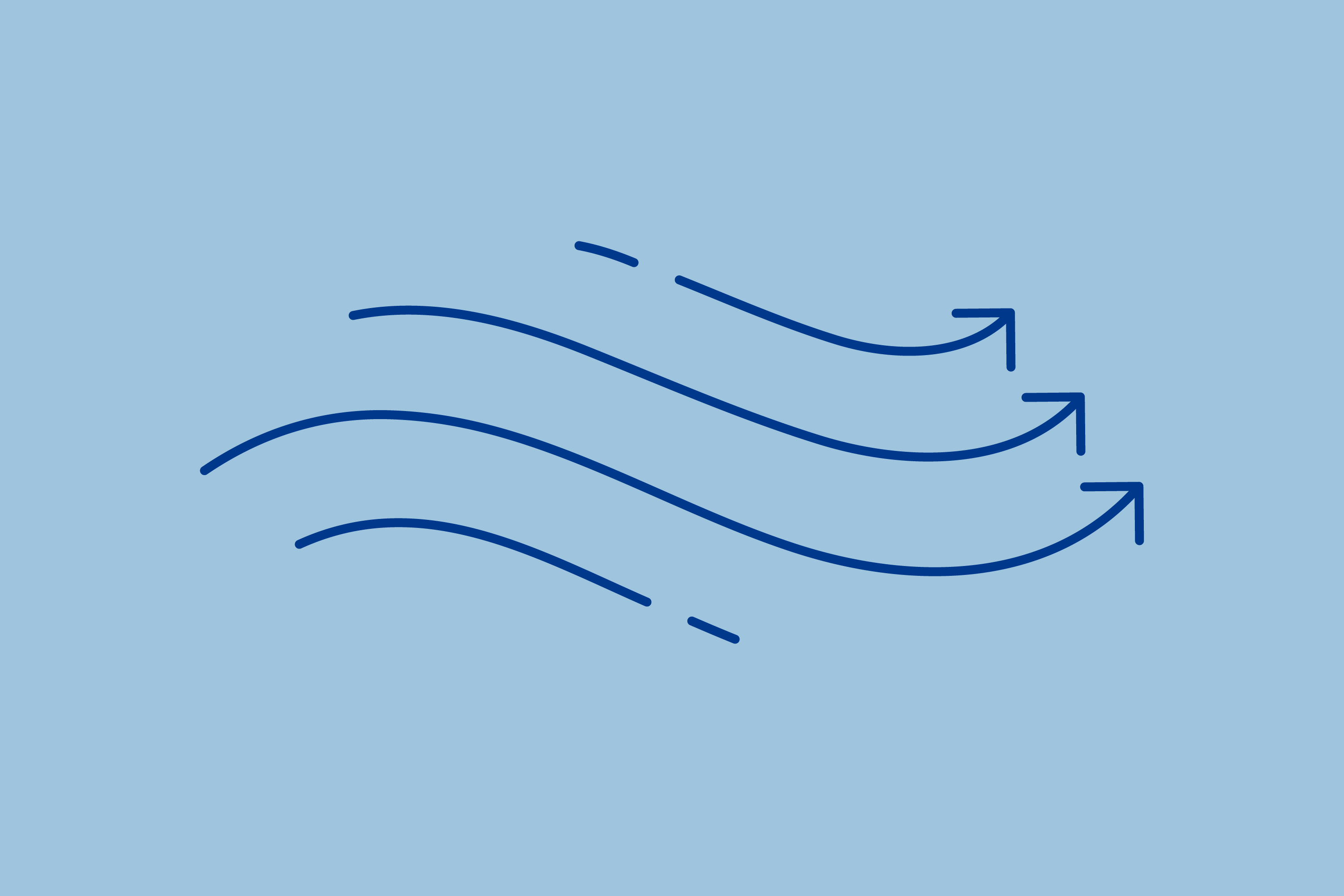Key Takeaways
- Regular Fluffing Maintains Pillow Quality: Fluffing your pillows regularly is essential to maintain their shape, support, and overall quality. Over time, pillows tend to flatten and lose their loft, which can lead to discomfort during sleep. Fluffing helps redistribute the filling and restore the pillow’s original shape.
- Different Types May Require Different Fluffing Techniques: The method you use to fluff your pillow may vary depending on the pillow’s material and construction. For example, down or feather pillows may require gentle shaking and kneading to distribute the filling evenly. Memory foam pillows can benefit from occasional squeezing and patting to restore their shape.
- Sunlight and Fresh Air Can Help: Allowing your pillows to air out in natural sunlight can help remove moisture and odors, keeping them fresh. You can also use a pillow protector to prevent dirt and allergens from accumulating inside the pillow, which can extend its lifespan and reduce the need for frequent fluffing.
A flat pillow is an uncomfortable pillow. It can throw your spine out of alignment, which leads to headaches and migraines, a sore head and neck, and difficulty sleeping.
Failing to regularly fluff your pillow can cause it to wear out quickly, meaning you’ll have to replace your pillow sooner. We recommend fluffing your pillow every few days to keep it lofty and prevent it from going flat or lumpy. Regardless of what your pillow is made from, fluffing your pillow is simple. Here are our simple steps on how to fluff a pillow.
By Hand
The first way to try fluffing your pillow is with your hand. To fluff a pillow by hand, grab the top and bottom of the pillow and then squeeze and release it. Do this for 30 to 60 seconds before repeating the process to the other sides of the pillow and repeating these steps.
You can also try hitting the pillow against the bed or hitting it with your fists to loosen up lumps. Or another way to fluff your pillows by hand is by kneading or massaging out the lumps individually.
With any of these options, it should take a couple of minutes of fluffing for your pillow to fully expand. You can do this every morning if you wish, as one of the steps of making your bed.
In the Dryer
Before you just toss your pillow into the dryer, read the care guidelines on your pillow and ensure it’s dryer-safe. Machine drying a pillow not meant for the dryer only makes it lumpier and wears it down quicker, leaving you with a flat and uncomfortable pillow.
For pillows that are dryer-safe, spinning your pillow in the dryer helps it regain its fluff and feel as good as new, all without leaving your hands achy and tired.
When fluffing a pillow in the dryer, we recommend using low heat to prevent damage. Be sure to place up to two pillows in the dryer at a time and nothing else. Adding more pillows will prevent your pillows from fluffing properly while using fewer pillows will cause an uneven load in your dryer.
Another way to fluff your pillows in the dryer is to add one or two clean tennis balls or dryer balls to the dryer. The balls prevent the pillows from clumping up and further fluff them.
Outside
After regular use, pillows tend to trap moisture, which can cause lumping and unpleasant odors. If left alone, a damp pillow can become a hospitable environment for mold and mildew. Leaving your pillows in a sunny spot outside helps them regain some fluffiness, while an outdoor breeze can carry away excess moisture.
The sun evaporates moisture left in your pillow and helps the fibers in the pillow’s fill separate from each other. Not only does laying your pillow out in the sun help your pillow regain its fluffiness, but it also eliminates stale odors.
Before leaving your pillow outside, be sure it’s not humid, as the humidity moistens your pillow instead of fluffing it.
Other Pillow Care Tips
Fluffing isn’t the only way to keep your pillow in good condition, as it’s also important to not just clean your pillowcase regularly but also wash your pillow every few months. Not all pillows are machine washable, though, so you may be able to only spot clean them and freshen them with a sprinkling of baking soda.
When it comes to pillowcases vs pillow shams, you don’t need to wash a decorative pillow sham as much as you do a pillowcase you lie on every night. Still, it’s a good idea to clean a pillow sham regularly, as it can still collect allergens and such.
If you’re looking to wash a body pillow or a larger king size pillow, you may have to either do so by hand or use an industrial washing machine at a laundromat. Many home washing machines simply aren’t large enough to accommodate a larger pillow.
Another important aspect of a pillow’s comfort is choosing the right bed pillow size. A too small pillow can feel uncomfortable at night, and a too large pillow can take up too much of the bed.
Naturally, you’ll also want the right pillowcase size to slip over your pillow.
FAQs
What types of pillows need to be fluffed?
Pillows with fibrous fills need to be fluffed to maintain their shape. There are several types of pillows, including down, cotton, down alternative, wool, or memory foam pillows. The pieces of fibers need regular fluffing to keep them lofty and prevent them from going flat.
On the other hand, pillows made from block memory foam or other foams don’t need fluffing as they naturally maintain their lofty structure.
Should you wash pillows?
Yes, all pillows need to be washed every four to six months, but the way you wash your pillow depends on its fill. Washing your pillow improperly can wear it down rapidly and void your pillow’s warranty.
Most pillows only need a mild detergent and warm water when being cleaned, and fabric softener is not necessary. Always follow your pillow’s exact care instructions—on the pillow’s tag—but here are the general steps to washing different types of pillows:
- Down and feather pillows need to be put in the washing machine on a gentle cycle and dried on a no-heat setting or air-dried
- Down alternative pillows need to machine washed with warm water and dried in the dryer on low heat
- Memory foam pillows need to be spot cleaned with a damp cloth with gentle detergent and dried outside
Do you have to wash new pillows?
No, new pillows are clean straight from the factory, so they won’t need to be washed.
Some pillows may have a strong scent when you first get them. If so, simply leave your pillow under the sun for several hours or a day or two until the odor dissipates. Other than that, all you need to do is place a pillowcase on your new pillow before using it.
When should you throw away pillows?
Generally, you should replace your pillows every 1 to 2 years. Even with proper maintenance, all pillows eventually go flat and no longer provide adequate support for your head and neck.
A flat, unsupportive pillow will only lead to pain, stiffness, and difficulty sleeping, so it’s not worth keeping it. Old pillows also trap allergens such as moisture, dirt, dust mites, and other bacteria. A damp and allergen-filled pillow can lead to mold growth, which isn’t safe to sleep on.
However, you don’t just have to toss your pillows. Instead, you can use old pillows as packing material and for pet beds, among other uses.
How do you help your pillows last longer?
Regularly maintaining your pillow is the easiest way to help your pillows last as long as possible. This includes using both pillow protectors and pillowcases, fluffing your pillows, and washing your pillows properly.
Although you’ll still need to replace your pillows eventually, taking proper care of them can prevent them from becoming unusable too quickly.
Conclusion
Fluffing your pillows prevents them from getting lumpy, flat, and uncomfortable. It’s also useful for aesthetic purposes, as fluffing will keep your pillows looking full. Even a bed sham that you just use as an accent piece can do with regular fluffing.
Still, although regular fluffing can revive and maintain all kinds of pillows, whether it’s memory foam or down, fluffing can only do so much for so long. Pillows don’t last forever, and it’s important to realize when it’s time to let go of your favorite pillows.
About the author
April Mayer is a sleep expert and writer with a degree in exercise physiology. She has dedicated her career to exploring the relationship between sleep and productivity. Her insightful articles, such as "The Surprising Way Your Mood Might Be Messing With Your Productivity" and "Wake Up to More Productive Mornings," have been featured in reputable publications like Forbes, Greatist, Real Homes, Thrillist, Tom's Guide, and Eat This, Not That. With a passion for helping others lead more productive lives through restful sleep, April offers valuable expertise on foods and vitamins for better sleep. As a trusted member of the Early Bird team since March 2020, she continues to provide informative and well-researched content.
View all posts





